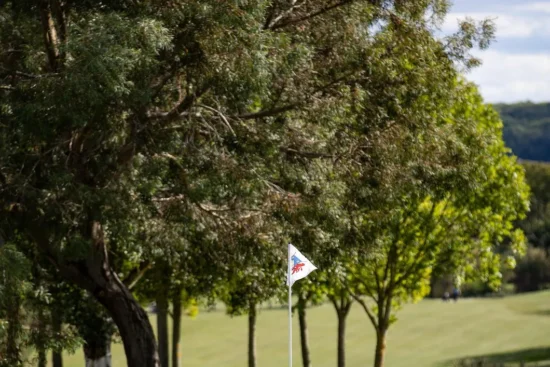
 A hole-in-one is something golfers may not achieve in a lifetime of playing golf. Getting a hole-in-one requires a great deal of luck and skill, so it is not surprising that it often requires experience and lots and lots of practice.
A hole-in-one is something golfers may not achieve in a lifetime of playing golf. Getting a hole-in-one requires a great deal of luck and skill, so it is not surprising that it often requires experience and lots and lots of practice.
However, once you get your first hole-in-one, you may be surprised to learn that statistically the odds are not so stacked against you and it is possible for the miracle to happen again.
With this and other statistical oddities in mind, we’ve compiled a list of 10 surprising hole-in-one facts you probably didn’t know.
➊ IT IS POSSIBLE TO GET A HOLE-IN-ONE ON A PAR 5…. IF YOU ARE LUCKY
Most holes-in-one are, of course, made on par 3 holes. Already on a par 4 the chances of making it are significantly less. You would be making an albatross in this case. A hole-in-one on a par 5 will get you what is known as a condor or a triple eagle.
Not all holes-in-one get international attention, of course, but those that are achieved on par 5s have, despite the fact that it is almost impossible to hit a 500-yard drive. The way to hit to try to reach the green of one on a par 5 is to look for shortcuts over trees or other obstacles if the shape of the course allows it.
One example of a golfer doing just that was Shaun Lynch. His hole-in-one on a par 5 was achieved with a 3-iron in Devon in 1995. The distance he needed to cover was 496 yards and, according to an article in Golf World magazine, Lynch’s ball cleared a seven-meter high hedge before rolling down a slope and plunging into the hole.
 ➋ THE LONGEST HOLE-IN-ONE.
➋ THE LONGEST HOLE-IN-ONE.
The longest hole-in-one on record was made by Mike Crean in Denver on a 517-yard hole.
➌ THE ONE WHO HAS DONE THE MOST.
Norman Manley of California is perhaps the luckiest or most skillful player in the world, with his hair-raising record of 59 holes-in-one. He made them in a period of 15 years, between 1964 and 1979.
➍ HOLES IN ONE ARE MOST COMMON
THAN YOU THINK
You may be surprised to discover that a hole-in-one is achieved somewhere in the world every 3,500 rounds on average.
➎ YOU DON’T NEED TO BE A GREAT PLAYER TO
GET HOLE IN ONE
Statistically speaking, you are more likely to get a hole-in-one if you are an average handicapper. Fifty-seven percent of holes-in-one are achieved by golfers at that level, so don’t be discouraged.
➏ THE MOST LIKELY CLUBS WITH WHICH TO GET A HOLE-IN-ONE
In case you are wondering which clubs give you the best chance of making a hole-in-one, 40% of them are made with the 7, 8 or 9 irons.
➐ YOU ARE NEVER TOO OLD TO MAKE IT.
Have you ever heard of a golfer over 50 getting a hole-in-one? I’m sure you have, because the majority of players in this age bracket have. Ian Wright, an 81-year-old golfer, recently got a hole-in-one after scoring his first 20 years earlier.
➑ LIGHTNING NEVER STRIKES TWICE IN THE SAME PLACE, BUT IT CAN STRIKE IN GOLF.
site, but you can do it in golf
Fourteen percent of golfers who get a hole-in-one go on to make another. This gives hope to golfers who can compete for a hole in one with a million dollar prize this year.
➒ NO NEED TO BE AN EXPERT.
BUT EXPERIENCE HELPS
It is no secret that getting a hole-in-one requires years of experience, unless you are very lucky. On average it takes a golfer 24 years of playing to get a hole-in-one.
➓ IF THE CLUBS ARE IMPORTANT FOR A HOLE-IN-ONE, THEN WHAT ABOUT THE BALL?
45% of holes-in-one are achieved with a Titleist ball. You can look at this in two ways, either they have a better chance with Titleist than all other brands or they might get even luckier using another brand.















Leave a Reply